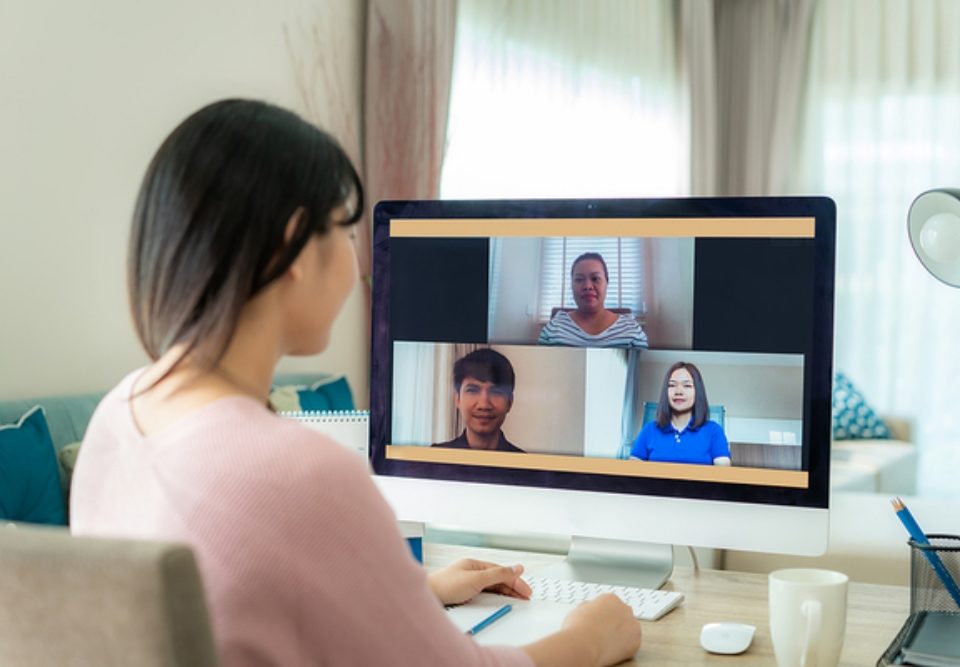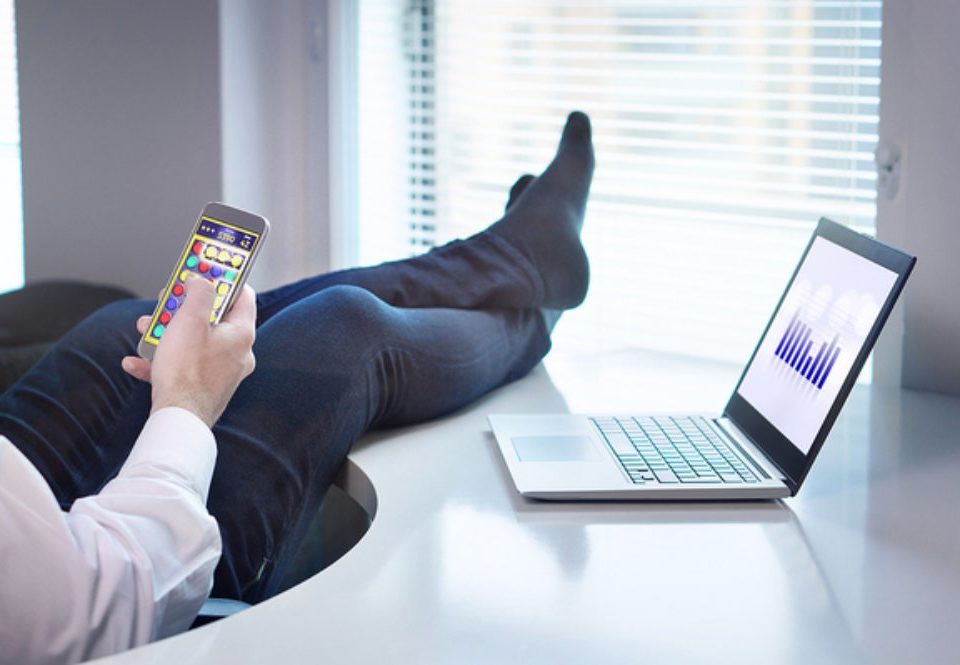
Work Computer Monitoring: How It Works and How It Helps
January 10, 2020
Remote Worker Time Tracking Protects Both Employers and Employees
January 16, 2020How to Hire Remote Employees

Did you know that more than three-quarters of workers prefer to avoid the office when they need to complete important work? It’s true! You might think of the office as the perfect space to get work done, but workplace distractions are a big problem.
Noisy coworkers and unannounced visits from co-workers are considered major distractions by many workers, and these types of office distractions can prevent employees from doing their best work or completing work in a timely manner.
Hiring Remote Workers Can Reduce Distractions
Many employees find their coworkers to be some of their biggest distractions.
Remote working is one obvious solution to this problem. Remote working comes with a number of benefits for workers. They can set up in whatever place allows them to work with the least amount of distraction – their home, a co-working space, the local library, or even their backyard if that’s where they feel most comfortable.
Remote working is also helpful for employers in many ways. Workers who don’t need to work from the office cost less in overhead, and if remote workers are happier with their jobs, then they may be better and more productive employees who are less likely to quit. But of course, you still need to find the right workers because not everyone is cut out for remote working. And you’ll also need ways to monitor the work that your remote workers are doing.
Choosing Remote Employees
There are a number of ways to go about hiring workers who would make good remote employees. You may want to start by using pre-employment assessments to determine whether or not a candidate has the right sort of skills and personality for the type of work you’d be expecting them to complete from home. You can ask if potential workers have experience in telecommuting. An increasing number of them do.
It can also help to assess your employee’s remote communication skills. You can’t just call a remote employee into your office for a chat or a conference, so you’ll want to look for people who are comfortable with things like video chat, conferencing apps, and other common types of remote business communication.
Remote employees need to be comfortable communicating in a variety of ways.
Depending on the type of work that you’re hiring for, you may also need to ask questions about the infrastructure your remote employee will be using. Is it vital that they have access to a certain minimum internet speed? Do they need to own a specific software or brand of hardware?
Alternately, if you’ll be providing a device and the necessary software, should they have a pre-existing familiarity with it? For example, if your office only uses Apple products, you might want an employee who is at least somewhat comfortable with a Mac OS.
Keep in mind that some of these same criteria will apply if you’re considering moving workers who currently work in the office to remote worker status. Your existing workers may already be familiar with the company software, but are they comfortable with teleconferencing? Do they have the right skills for remote work?
Monitoring Remote Workers
It’s important to remember that remote workers need support just like in-office employees do. And you can’t provide the kind of support that your workers need if you can’t keep an eye on their work.
This is where remote worker monitoring tools come into play. There are many ways to monitor remote employees, from time tracking software to screenshot programs that provide proof of work, to keyloggers and other tools that show what your remote employees are doing during working hours.
If you’re providing your remote employees with company devices, like a computer or a smartphone, you’re probably within your rights to install tracking tools on these devices, and it’s likely in everyone’s best interest for you to do so.
Your remote workers need you to keep accurate records of the time they spend working so that you can pay them properly. You also need accurate time tracking, so that you don’t end up overpaying and so that you can accurately bill clients and projects for billable hours. Time tracking software helps provide accurate accountings of working hours for remote workers with minimal input required.
Remote worker monitoring tools also give you the information that you need to provide your remote workers with helpful critical feedback for both their work and their work processes. What’s more, remote monitoring tools can provide workers with a psychological boost that enables them to be more productive and perform at a higher level. For many workers, the knowledge that they’re being monitored provides motivation.
Monitoring and Security
Employers should be aware that monitoring their remote workers can be an important security measure. Remote workers may choose to work from home or from other locations, but when work devices are traveling with the worker, there’s always the possibility that they may be lost or stolen.
Monitoring tools that include GPS tracking can help you recover lost devices, protecting any of your company’s intellectual property or client information that may be accessible from the device, as well as saving you the cost of replacing the device.
There are other security measures to consider as well. Remote workers aren’t necessarily any more likely than office-based workers to visit harmful websites, fall for a phishing attempt, or maliciously participate in a data breach for personal gain. But these things do happen, and without solid monitoring tools in place, it can be much harder for an employer to detect signs of one of these kinds of problems from a remote worker before it’s too late.
Monitoring tools are the best way for employers to detect both accidental or malicious security risks by remote employees. And because the loss of intellectual property or client data can cause major financial losses for any organization, as well as damage to the organization’s reputation, it’s in your company’s best interests to have security measures in place for all employees, including those who work remotely.
For more information about how your organization can benefit from remote worker monitoring tools, click here.



